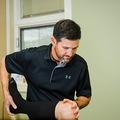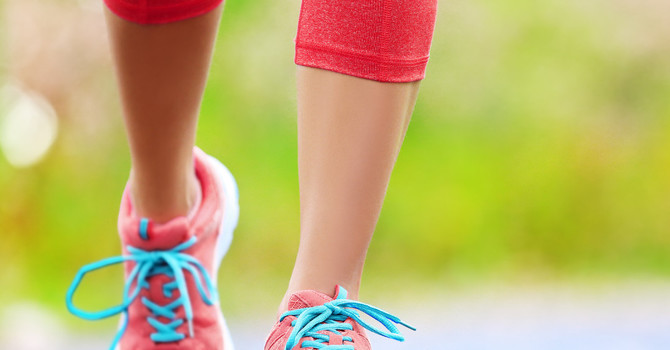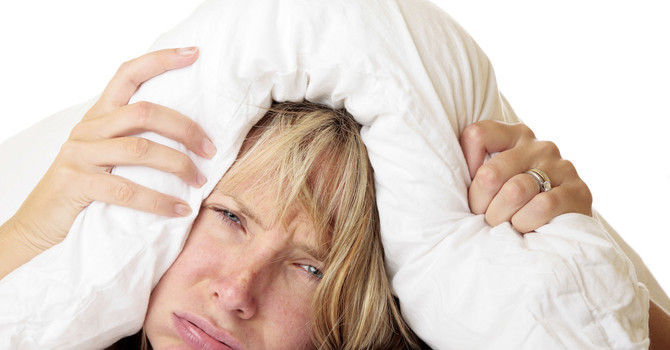.jpg)
Our calves are under a tremendous amount of load throughout the day. If we add in activities like running, hiking, or climbing stairs it only increases that demand. Footwear can also contribute. When we examine issues around the foot and ankle, loss of strength of the foot and decreased mobility of the ankle are common findings. However, tightness in the calf musculature may also be present. Short or tight calves can lead to dysfunctional movement as well as cramping symptoms and pain.
The calf is made up of two muscles, the gastrocnemius and soleus. The gastroc originates just above the knee and the soleus just below the knee. They both insert on the back of the ankle as they together form the achilles tendon. We can think of our gastroc as our power muscle, which is used for explosive movements like jumping. Our soleus muscle is predominately a slow twitch muscle, meaning it's very active during longer, aerobic activities, like standing, walking and longer distance running. In addition to these two, other muscles should be considered when dealing with calf and ankle issues. The posterior tibialis for example, lies deep the inner portion of the calf and plays a roll with foot and ankle function. The posterior tibialis is heavily involved with Medial Tibial Stress Syndrome (MTSS), which is also referred to as shin splints.
It’s important to isolate the underlying cause of any issues that present around the calves and ankles. Common treatments include joint manipulation or mobilization, soft tissue mobilization, dry needling, nutritional recommendations, and rehab-based exercise. Watch this video to see how to properly stretch your calves.




